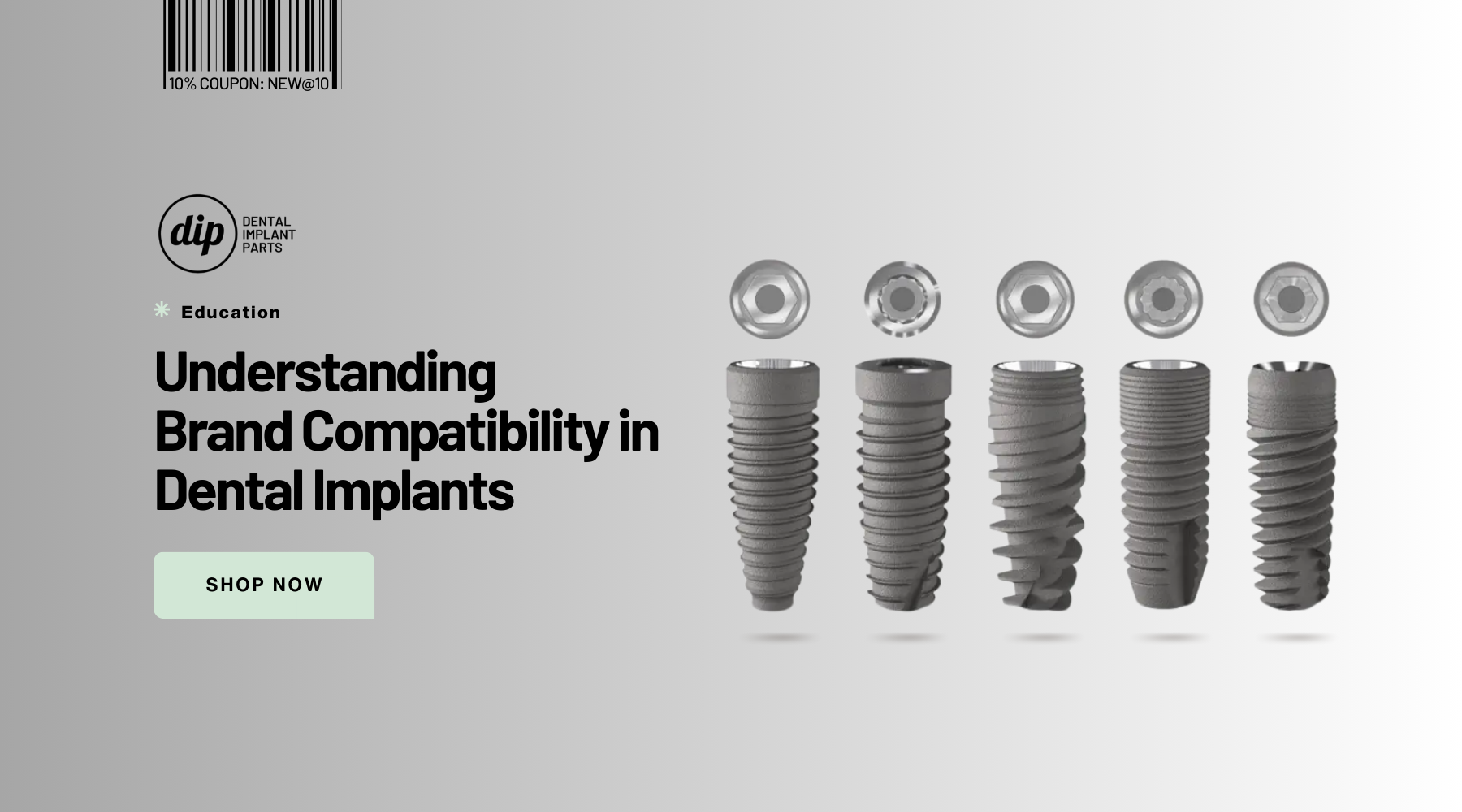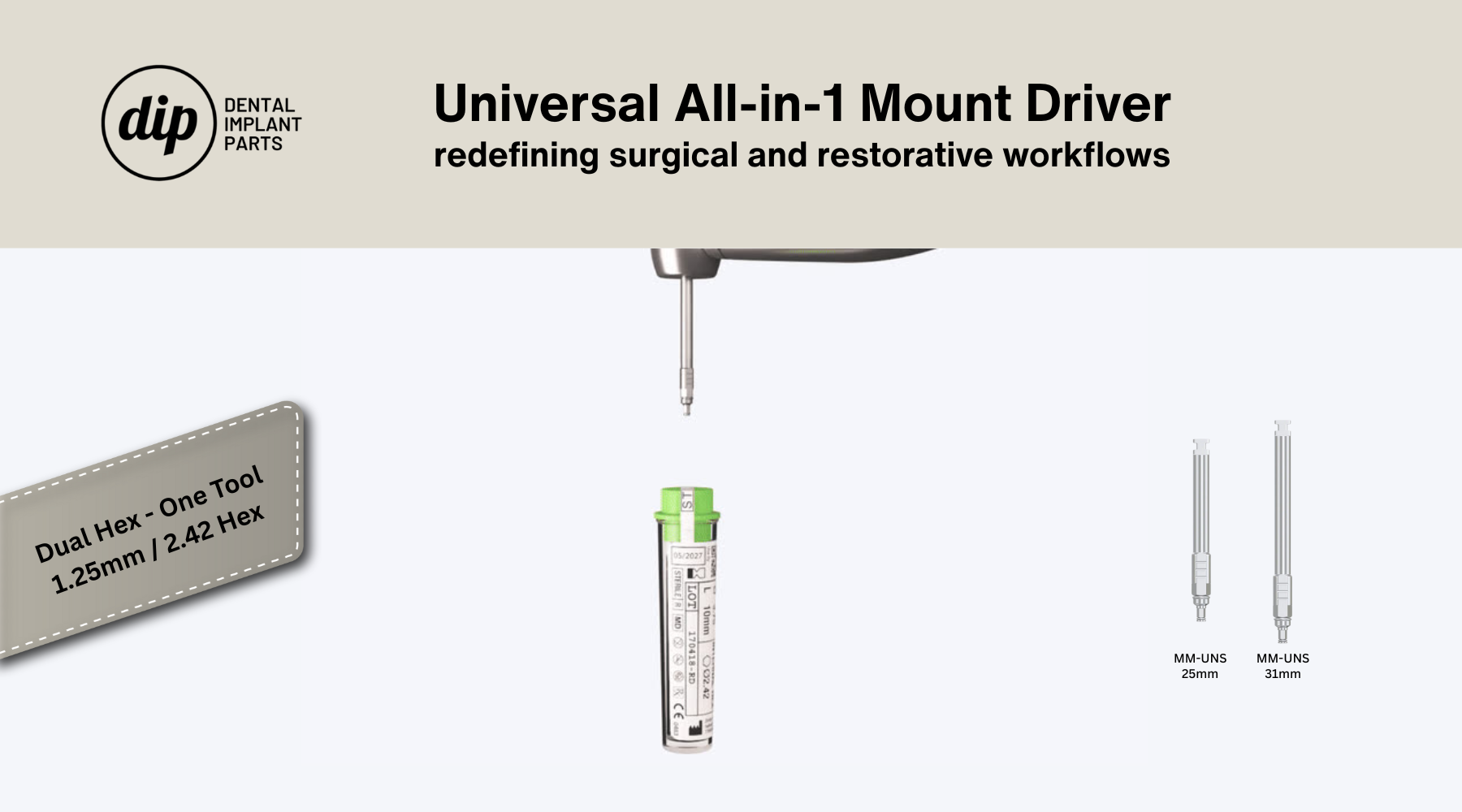Introduction
Dental implants have revolutionized the field of prosthodontics, offering a reliable solution for replacing missing teeth. However, with their rise in popularity, peri-implant infections like peri-implant mucositis (PM) have become increasingly common. PM is an inflammatory condition affecting the soft tissues around dental implants and, if left untreated, can progress to more severe peri-implantitis, leading to bone loss. Understanding the microbial traits of PM and their correlation with disease severity is crucial for effective prevention and treatment.
What is Peri-Implant Mucositis?
Peri-implant mucositis is the early stage of peri-implant disease, characterized by inflammation confined to the soft tissues surrounding the implant. Unlike peri-implantitis, PM does not involve bone loss and is considered reversible. The primary cause of PM is the accumulation of microbial biofilms on the implant surface, which triggers an inflammatory response.



Key Findings from Recent Research
Recent studies, including one conducted by Ziying Feng and colleagues, have delved into the microbiological and functional traits of PM. Here are some of the critical insights:
-
Microbial Diversity:
- Healthy implants (HI) exhibit higher bacterial diversity compared to PM sites. This suggests that a more diverse microbial community may contribute to the health of the peri-implant tissue.
-
Functional Pathways:
- In PM, pathways involving cell motility and protein processing in the endoplasmic reticulum are upregulated. Conversely, pathways related to the metabolism of cofactors and vitamins are downregulated. These functional changes may play a role in the inflammatory process.
-
Correlation with Disease Severity:
- The study found a positive correlation between microbial dysbiosis (imbalance in microbial communities) and the severity of clinical inflammation, measured by the sulcus bleeding index (SBI). Specifically, the presence of the genus Prevotella and protein processing pathways in the endoplasmic reticulum correlated with higher SBI scores.
-
Biomarkers:
- The research identified specific genera and species that serve as biomarkers for distinguishing PM from healthy implants. These include Prevotella, Fusobacterium, and Treponema, among others.
Preventing and Managing Peri-Implant Mucositis
Maintaining good oral hygiene is paramount in preventing peri-implant mucositis. Regular brushing, flossing, and professional cleanings help minimize plaque accumulation on implants. If signs of inflammation, such as redness or bleeding, are noticed around an implant, it is essential to seek dental care promptly.
Conclusion
Understanding the microbiological and functional traits of peri-implant mucositis provides valuable insights into its pathogenesis and severity. By identifying specific microbial markers and pathways associated with PM, we can develop more targeted prevention and treatment strategies. For those with dental implants, maintaining a robust oral hygiene routine and regular dental check-ups are key to preventing peri-implant diseases.




